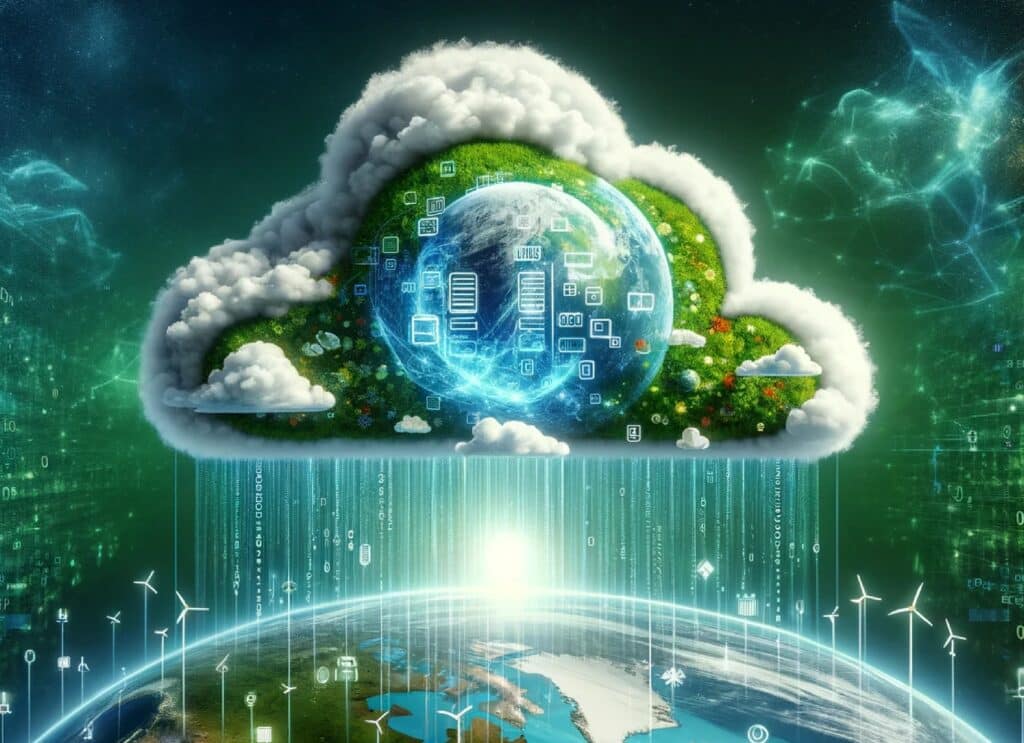Sustainability in the Cloud: Myth or Reality?
As awareness of environmental issues increases, the sustainability of cloud operators is coming into focus. It is becoming increasingly important to understand the trend towards the “green” cloud – but what exactly does that mean?
Public cloud hyperscalers, with their enormous capacities and rapid growth, are at the center of environmental controversies. Their cumulative energy and water consumption makes many users feel guilty. Measures such as the use of renewable energies, greenhouse gas reduction and water conservation are therefore key aspects in the discussion about a more sustainable cloud.
“Green” Clouds – more than just a Promise?
Microsoft and Amazon claim that their cloud services are highly energy efficient. While Microsoft speaks of up to 93 percent higher energy efficiency, Amazon claims that its AWS infrastructure is up to five times more efficient than typical European data centers. However, these claims should be taken with a grain of salt, as they may be part of a self-promotion strategy.
Innovative Technologies to save Resources
Technologies such as immersion cooling at Microsoft and evaporative cooling at Amazon show that cloud providers are making serious efforts to minimize their environmental impact – not a myth? Particularly noteworthy are the efforts to reduce water consumption and the treatment of used cooling water.
Energy Sources and environmental Investment
One critical point is the origin of the energy. Amazon, for example, relies on wind and photovoltaic systems to achieve its sustainability goals. Microsoft is investing in clean energy storage and fuels, with hydrogen playing a central role.
Amazon and Microsoft are investing in projects to reduce their carbon footprint. For example, Amazon is researching CO2 reduction through algae cultivation, while Microsoft offers transparency in terms of environmental impact with its Cloud for Sustainability project.
German Cloud Providers – a Role Model for Sustainability?
In addition to the global players, efforts are also being made in Germany for a more sustainable cloud. Companies such as centron are focusing on environmentally friendly technologies and innovative approaches to cloud provision.
The new German Energy Efficiency Act (EEffG) and the EU Directive on the disclosure of non-financial information are setting new standards in terms of sustainability and energy efficiency. These developments are increasing the pressure on companies to reduce their environmental impact and make it transparent.
Conclusion: A necessary Discourse
It is clear that both leading hyperscalers and smaller cloud service providers are moving towards sustainability. However, the focus on different aspects of sustainability varies. A critical examination of the actual environmental impact and the transparency of measures therefore remains essential. Each individual is called upon to play an active role in the discourse and to critically scrutinize developments.


